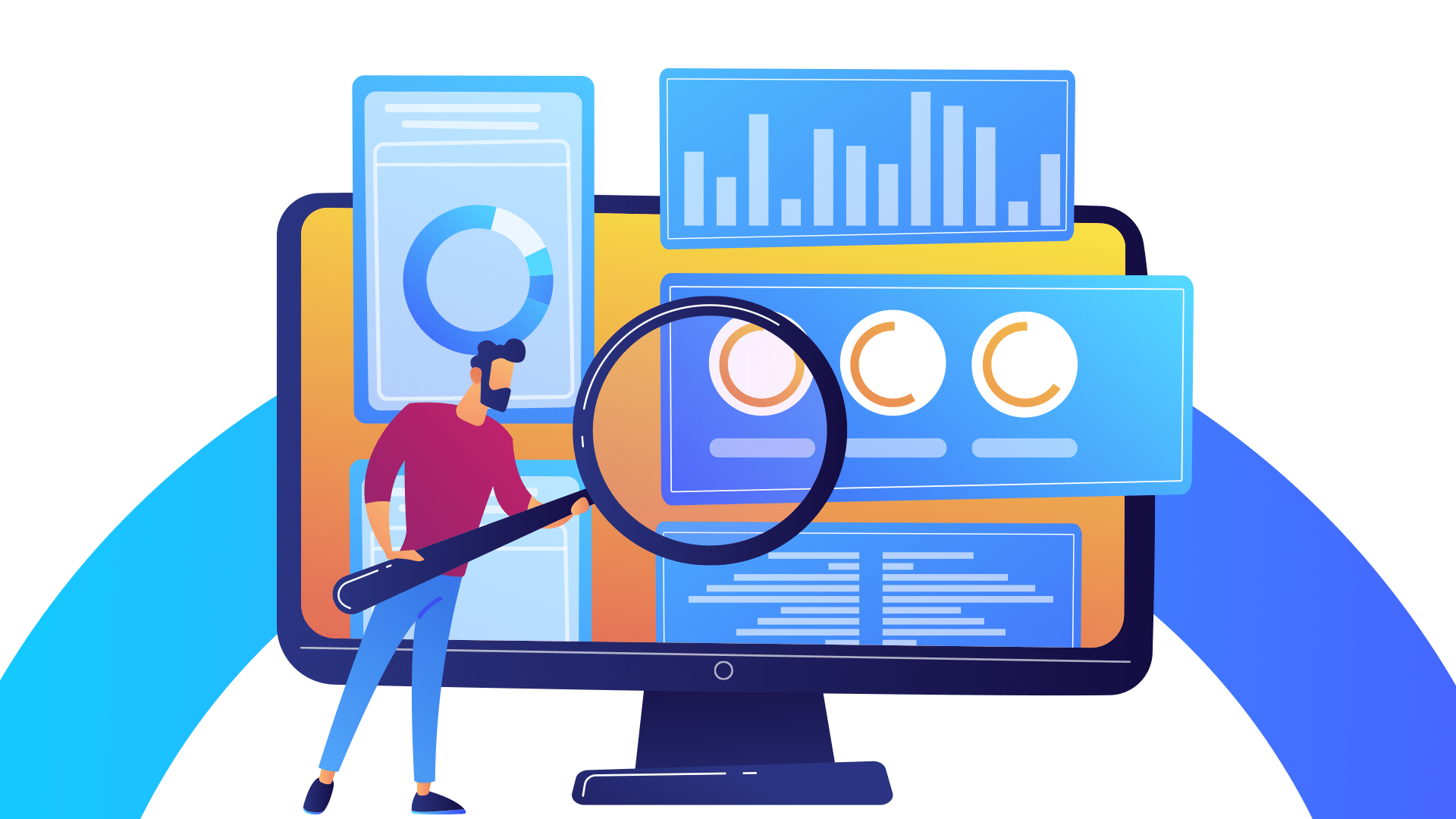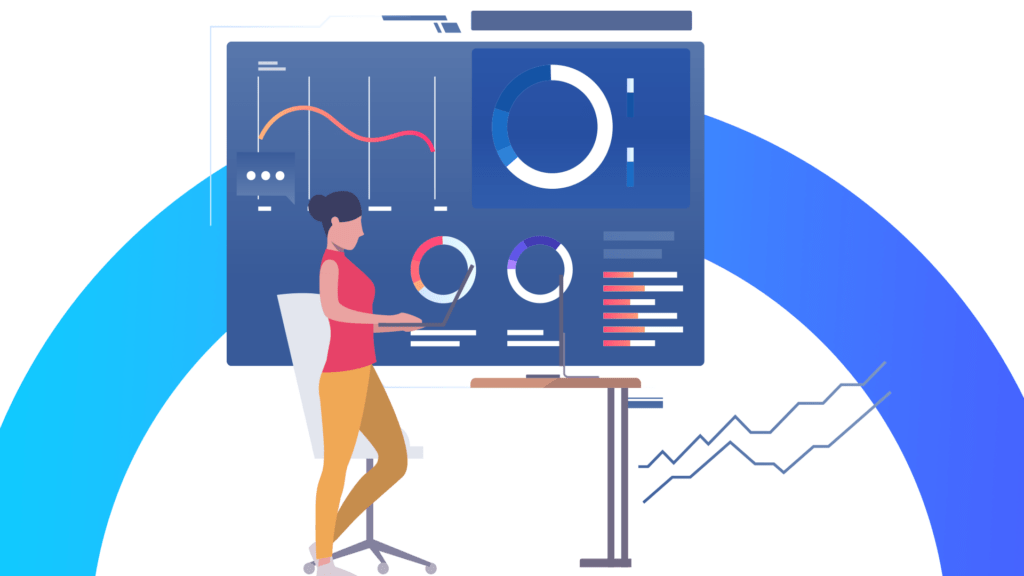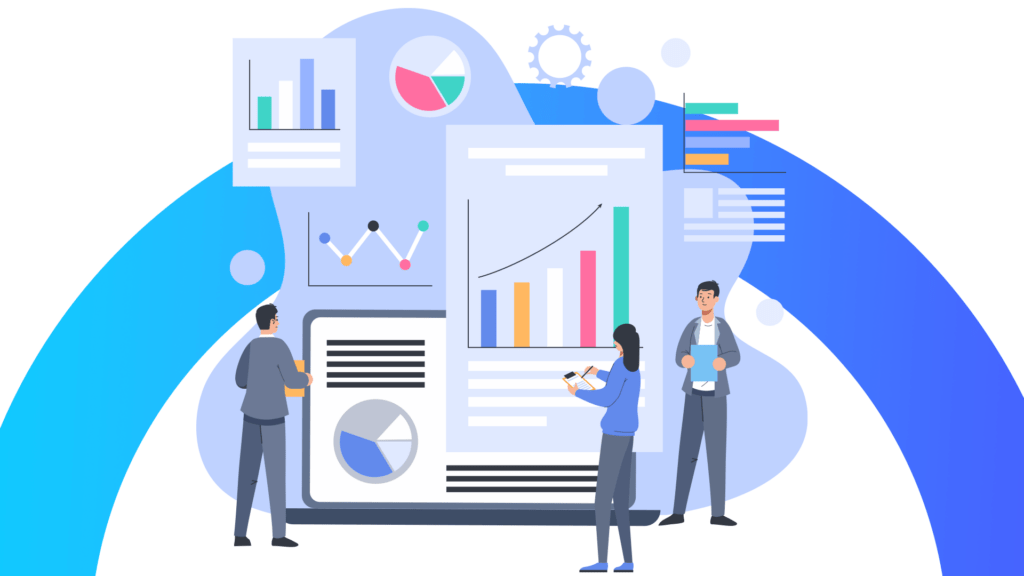Industrial remote monitoring enhances process quality while enabling predictive maintenance, cost reduction, and safe operations.
Every manufacturer aims to make their operations as efficient and productive as possible. Industrial remote monitoring provides critical visibility into manufacturing processes, allowing managers to oversee important aspects of the operations. This is reflected in the popularity of industry 4.0 technologies, along with AI and IIoT in manufacturing operations.
This has contributed to the prevalent adoption of industrial remote monitoring devices for industrial enterprises. Studies show a forecasted growth of CAGR of 5.6% in the remote monitoring and control market. It is expected to rise from USD 24.6 bn in 2022 to USD 32.3 bn by 2027.
This blog will henceforth delve into understanding and explore the role of industrial remote monitoring in supplementing and benefiting manufacturing processes.
Understanding remote monitoring

What is industrial remote monitoring
Remote collection and analysis of data can be done through IIoT sensors, communication technologies, and data analysis tools. This data then allows for the monitoring of the performance and conditions of industrial equipment. By collecting and analyzing data through a cloud-based platform, issues are identified proactively, minimizing downtime and fueling efficiency.
Systems used for remote monitoring vary in complexity. They range from basic sensor networks to track simple parameters, such as pressure and temperature, to advanced systems, using machine learning algorithms to predict and manage equipment failures. For example, with Omniconnect™ Data Cloud, by collecting real-time, diverse IIoT and sensor data, local or remote performance monitoring is conducted.
Furthermore, businesses manage asset performance from outside their network. This means that various communication technologies, such as cellular networks, Wi-Fi, or satellite connections can be used to monitor equipment remotely. Equipment located in remote or hazardous environments can then be monitored remotely without the need for physical intervention.
Relevance of remote monitoring in industrial applications?
Operations suffer when operators and managers do not have sufficient visibility into the working of machinery and other arising issues. The cost of operations, potential equipment failures, and the dearth of eyes and ears in remote locations remain pain points for enterprises. Industrial remote monitoring assists in enhanced process quality, enabling predictive maintenance, cost reduction, and quality assurance.
Benefits of remote monitoring
1. Predictive maintenance
IIoT-powered industrial remote monitoring plays an important role in enabling predictive maintenance. Previously, traditional maintenance practices such as scheduled maintenance and/or reactive maintenance were used by manufacturers. These methods lead to wasted resources, unexpected downtime, potential safety hazards, and lost productivity. One of the key benefits of remote monitoring is its ability to provide real-time information about asset performance. This enables businesses to make informed decisions promptly and take necessary actions to prevent potential problems.
2. Maximized ROI
While deciding on technologies to incorporate into the business, manufacturers must consider proportionality between the cost of the solution adopted to value derived. Industrial enterprises find that investing in remote monitoring systems results in cost savings and other benefits.
Lowered operating costs – Most enterprises are now found to be equipped with some form of automation. Solutions like OEEfficienci, powered through OmniconnectTM, offer a comprehensive asset monitoring system. It combines IIoT, machine learning, and remote monitoring to maximize equipment efficiency. It proactively minimizes downtime and optimizes run times, resulting in lowered operational costs.
Scaling without additional staff – To ensure good equipment health, proactive-corrective actions need to be taken. If equipment is monitored manually and physically, a larger number of employees are required to do so. This ultimately leads to increased costs, and inefficiency or delays in dealing with urgent issues, due to human errors. Industrial remote monitoring solutions bypass this problem, allowing for complete visibility into equipment performance.
Ensured regulatory compliance – Industrial remote monitoring systems also collect a great wealth of data regarding asset performance. Through continuous monitoring of said data, deviations from standards, and quick fixative actions can be undertaken. This allows the business to avoid accidents and regulatory violations. E.g. Industries dealing with gas emissions are required to meet tough regulatory criteria. By using remote monitoring solutions, emissions can be measured in real time to mitigate any adverse environmental impact.
3. Ensured safety
The workforce of the organization plays an integral part in creating business success. An important role played by remote monitoring is assuring safe working conditions for the workforce.
The operations of an industrial enterprise are very subjective to the nature of the business. The processes that require monitoring might be occurring in an underground water system, in a mine, or in some other remote locations. Furthermore, the operations could be located in a hazardous location or could involve dangerous materials and conditions. Regardless, an IIoT-based remote monitoring system can gain data and insights from those industrial systems. This protects the workforce while enabling quick action on urgent equipment maintenance.
4. Quality assurance
The quality of production output is directly proportional to the quality of implemented industrial processes. Depending on the nature of the product, various factors such as air temperature to security can positively or adversely affect the final output. Remote monitoring solutions help track changes in process hardware and software. In case of any fluctuations or changes, operators receive alerts. This guarantees that there is no compromise on the final quality.
5. Location Tracking
Through IIoT devices, businesses can remotely track their moving assets throughout their lifecycle. This could be applicable to any cargo being shipped across the world. Through real-time visibility of the assets’ location, the business can ensure the assets’ security.




